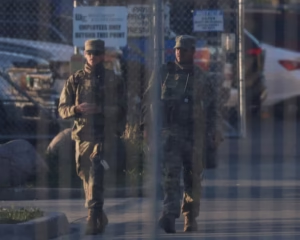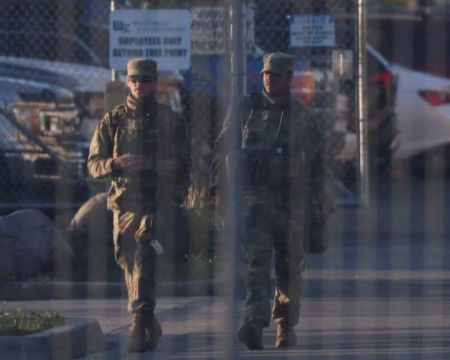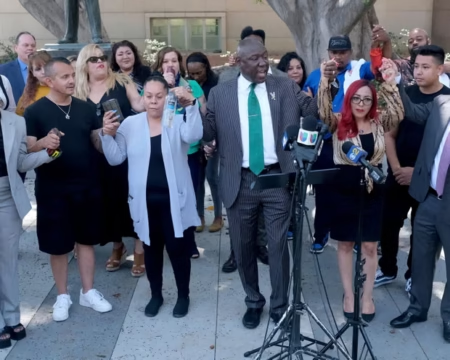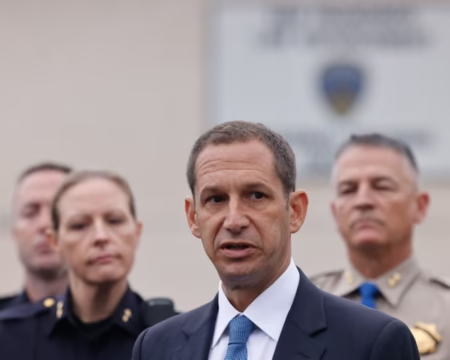Tasmania has entered a new era in politics, where minority governments are becoming the usual outcome. This trend continued in the recent state election, held just 16 months after the last one — the shortest gap between state polls in Australia since 1957.
Many voters have faced election fatigue. Some Tasmanians have gone to the polls five times in less than two years. Despite this, there is a clear shift in how people are voting. The major parties are losing ground, and new political players are gaining attention.
The Labor opposition had hoped for better results. However, with nearly 75% of the vote counted, Labor had secured only 26%. This came after they triggered the election with a no-confidence motion against the Liberal minority government. Labor accused the government of poor budget management, asset sales, and delays in major projects.
But Labor’s own campaign lacked strong budget repair plans. Their support for the unpopular Macquarie Point stadium project also hurt their credibility. While they opposed some asset sales, they also supported selling Tasmania’s share in the Marinus Link — a move that confused voters.
The Liberal government, led by Premier Jeremy Rockliff, managed to win around 40% of the vote. This represented a 3% swing in their favor. However, they too fell short of a clear majority. Their strategy changed during the campaign. Instead of promoting privatization, they promised to create a government-owned insurance company. Experts criticized the plan, but it grabbed public attention and distracted from other issues.
Independent candidates played a big role in this election. A record number of 44 independents ran for office. Notable names like Kristie Johnston, Craig Garland, David O’Byrne, and Peter George performed well. Most of the other independents, however, failed to gain support.
One of the biggest surprises was the poor performance of the Tasmanian Nationals. Their campaign lacked direction, and they backed candidates who had previously destabilized Liberal governments. As a result, their influence was minimal. Meanwhile, the Shooters, Fishers and Farmers party, despite a low-profile campaign, did better than expected and might win one or two seats.
Tasmania uses the Hare-Clark voting system. This system allows for proportional representation. Each of the state’s five electorates sends seven members to the 35-seat House of Assembly. Because of this system, it is hard for any one party to win a majority.
In the past, voters often backed the major party that seemed most likely to win. This helped avoid minority governments. But in this election, polls showed that neither major party had strong public backing. That changed the game.
With vote shares for both major parties dropping, it seems likely that non-majority governments will continue to be the norm in Tasmania. The state may be heading toward a future where coalitions, deals, and power-sharing are the standard way of governing.
This shift reflects deeper public attitudes. Voters are moving away from the traditional parties. They are looking for new voices, local candidates, and fresh ideas. The Hare-Clark system gives them that chance. And now, the system’s design is shaping the state’s political future.
As Tasmania adjusts to this new political landscape, all parties will need to rethink how they connect with voters. The era of easy majorities may be over — and the rise of minority government might just be the start of a long-term change.







